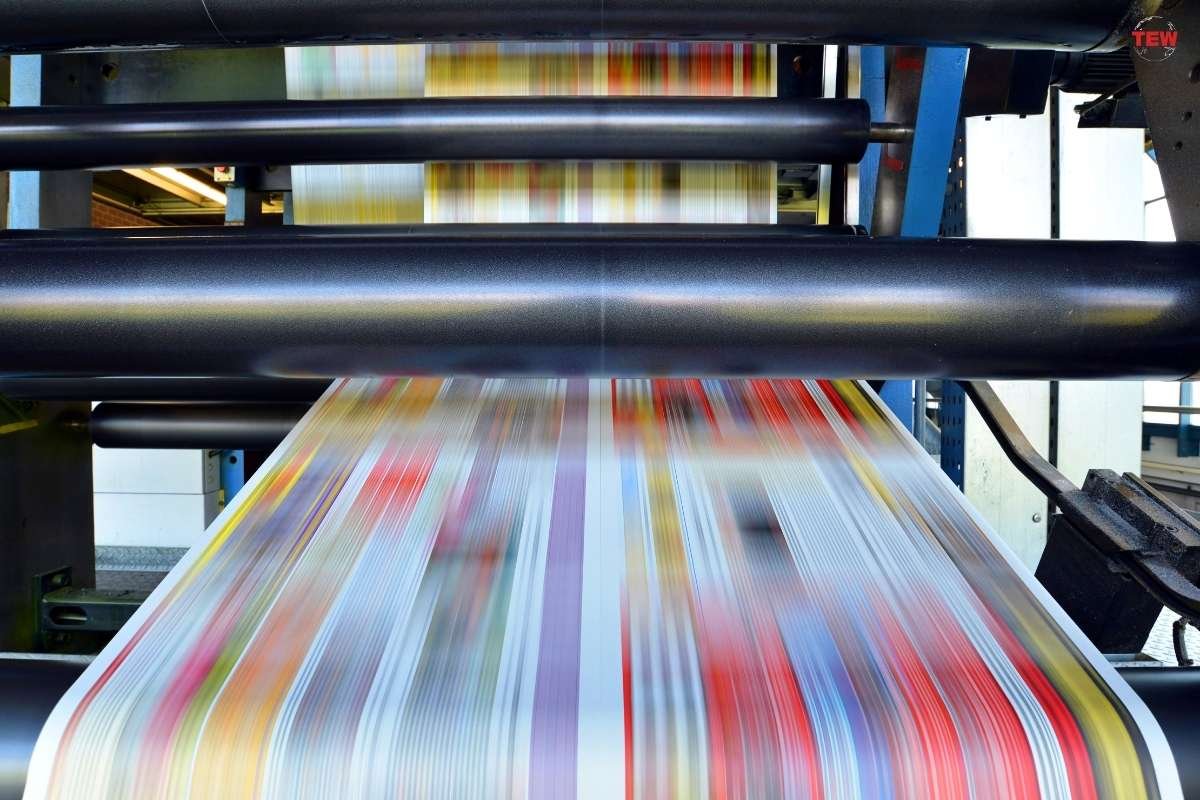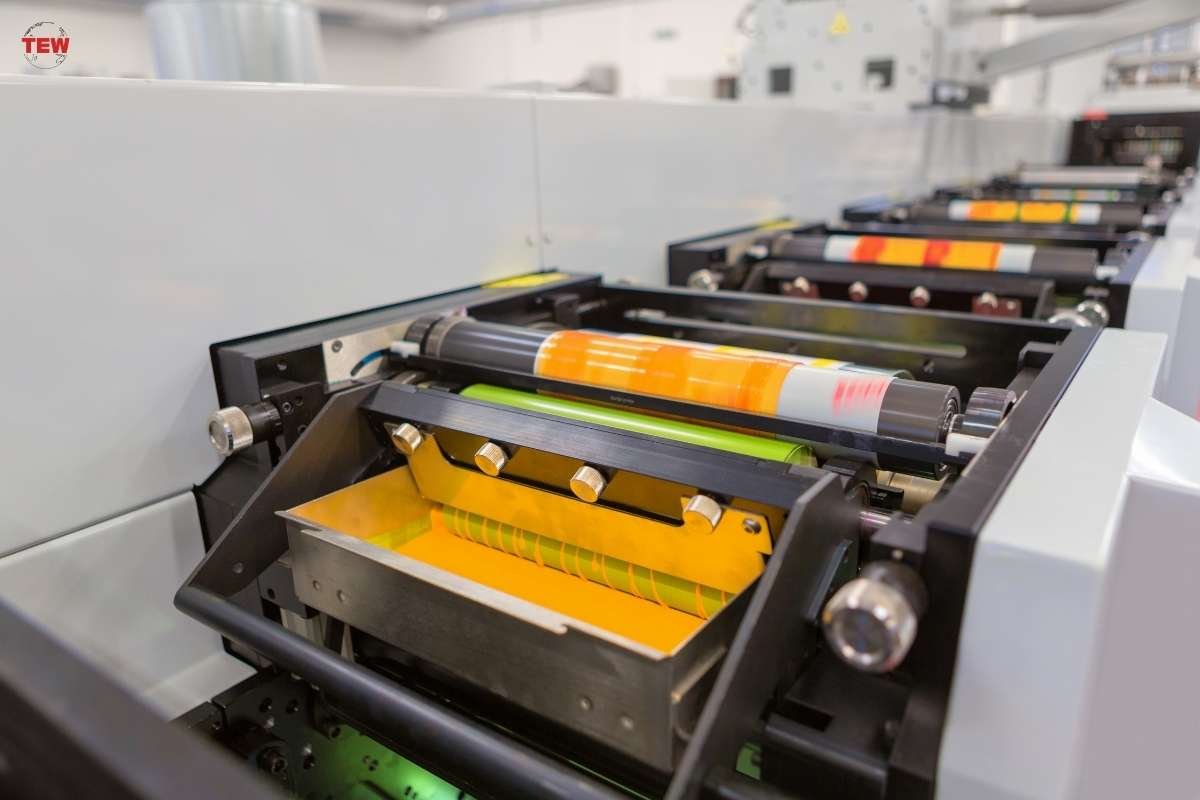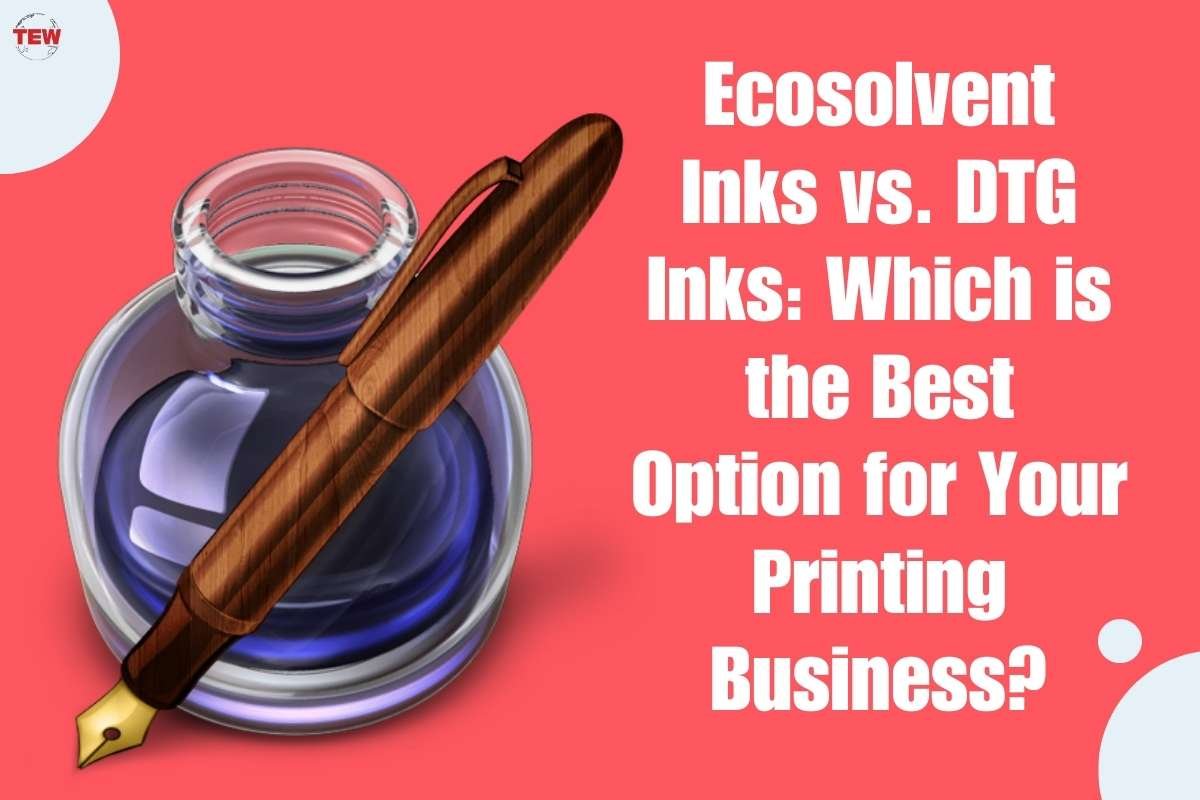If you’re running a printing business, choosing the right type of ink for your printer is critical to achieving the best results. However, with so many choices, making a decision can be challenging. Two kinds of ink that are currently popular in the industry are ecosolvent inks and DTG (direct-to-garment) inks.
Now before we dive deep into comparing ecosolvent inks vs. DTG inks, let’s break it down for you – Ecosolvent Inks are known as eco-friendly solvent-based digital printing ink technology that allows users to print on more flexible and versatile materials without damaging them as harshly compared to standard solvent printers. These types of ink were specially created to minimize environmental impact while still providing high-quality prints.
DTG Inks, however, work differently using textile pigment ink-jet technology that directly applies the image onto any given garment, including polyester, which was once limited for sublimation printing. Both these methods have unique advantages, but knowing which one will be most effective for your business can help you make an informed decision.
So what exactly is the difference between ecosolvent inks vs. DTG inks? Let’s find out!
1. Cost-Effectiveness
When it comes to cost-effectiveness in ecosolvent inks vs. DTG inks – no doubt ecosolvent inks take all the credit here due to their long-lasting durability and highly pigmented color output properties that require less maintenance, saving you time and cutting expenses considerably over time.

However, since they are primarily used for outdoor signage or vinyl banner production – if your printing business caters mainly towards garments, then DTG Inks may prove more financially beneficial. Considering it doesn’t require much extra equipment besides blank apparel and pre-treatment solutions, along with ample training from reliable Industry partners like Epson/DTGMerch, who offer complete turn-key solutions to help you decide the best possible DTG printer to suit your needs.
2. Quality of Print
When it comes to producing high-quality prints – both eco-solvent and DTG inks have their advantages. Eco-solvent inks are great for creating sharp and vivid colors; however, they are not as efficient when layering ink, which is necessary if you’re looking for nuanced details on a garment. At the same time, Direct-To-Garment printers offer detailed printing with a more natural look and feel.

So in terms of quality, it all depends on what you need for your printing needs. Are you creating outdoor banners or billboards? Or customized t-shirts, pants, or caps?
If banners and posters are your bread and butter, then ecosolvent inks offer excellent visibility even at vast distances. That’s why it’s the perfect billboard option, cost-effective, and provides a long-lasting print output. Whereas, if you specialize in customized apparel like t-shirts that require fine intricate detailing or photographs, DTG Inks work best, giving a first-hand feel about how the final print will come out. It helps avoid costly errors for larger bulk orders ensuring customer satisfaction with unparalleled consistency leaving no room for error but only impeccable detailing.
3. Printing Speed

Mainstream ecosolvent printers can produce excellent prints within minutes. However, some customizing options may require longer periods due to advanced technology processes making them slower, resulting in longer lead times than DTG, which uses digital textile printers. They are built specifically for garments by design and hence tend to be quicker when printing smaller quantities. Consider this factor while deciding the type of ink most suitable for your business according to the material output required. Time always has an important place, especially when running your business where turnarounds have stringent deadlines that need fulfilling.
Final Thoughts:
The debate between Ecosolvent Inks vs. DTG Inks doesn’t end with choosing between one or the other. It all comes down to the type of material and product your clients require and considering cost-effectiveness and printing quality. Eco-solvent inks are considered long-lasting, colorful, flexible choices for production printers. At the same time, DTG Inks give clarity, depth, and remarkable detailing suited for small-scale garment productions with various color requirements and complexities.
So the best option is to ensure that the ink type you’re considering purchasing matches your printing business requirements. Consider going through user reviews before investing, as it will ensure high customer satisfaction helping grow sales quickly and leading to sizable ROI over time – Remember you want to provide quality work while effectively managing costs & marketing returns.




